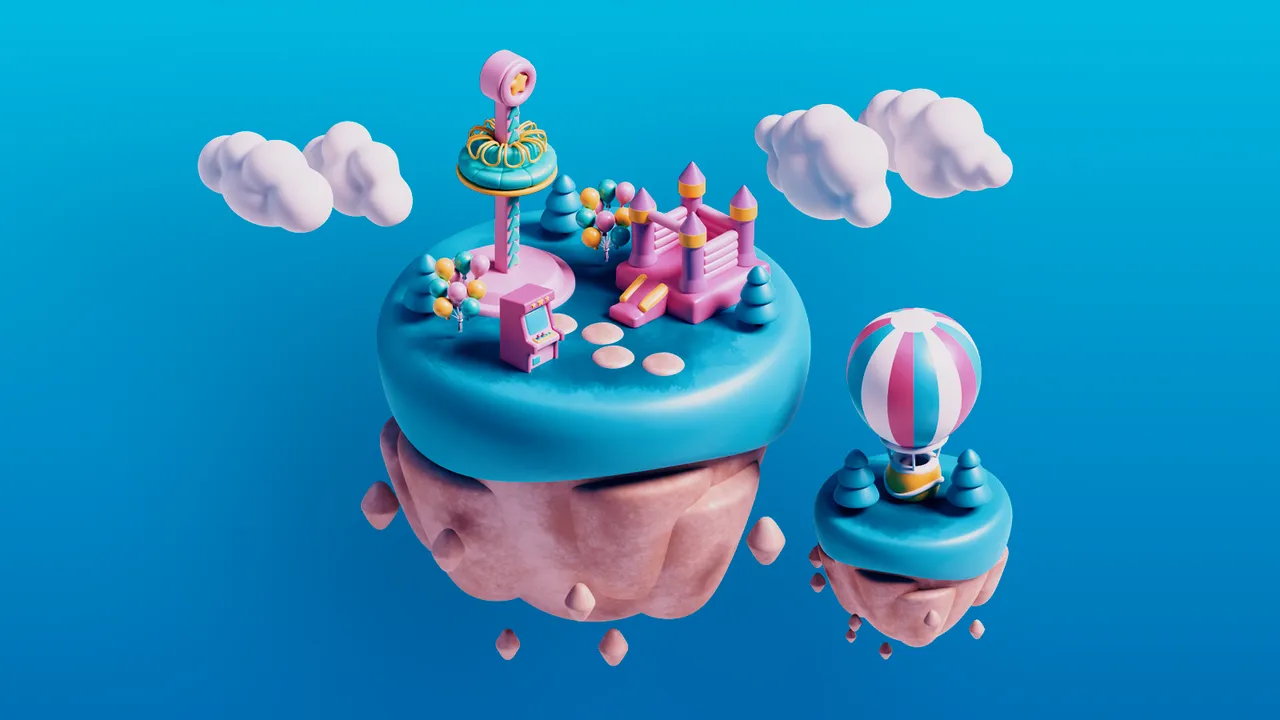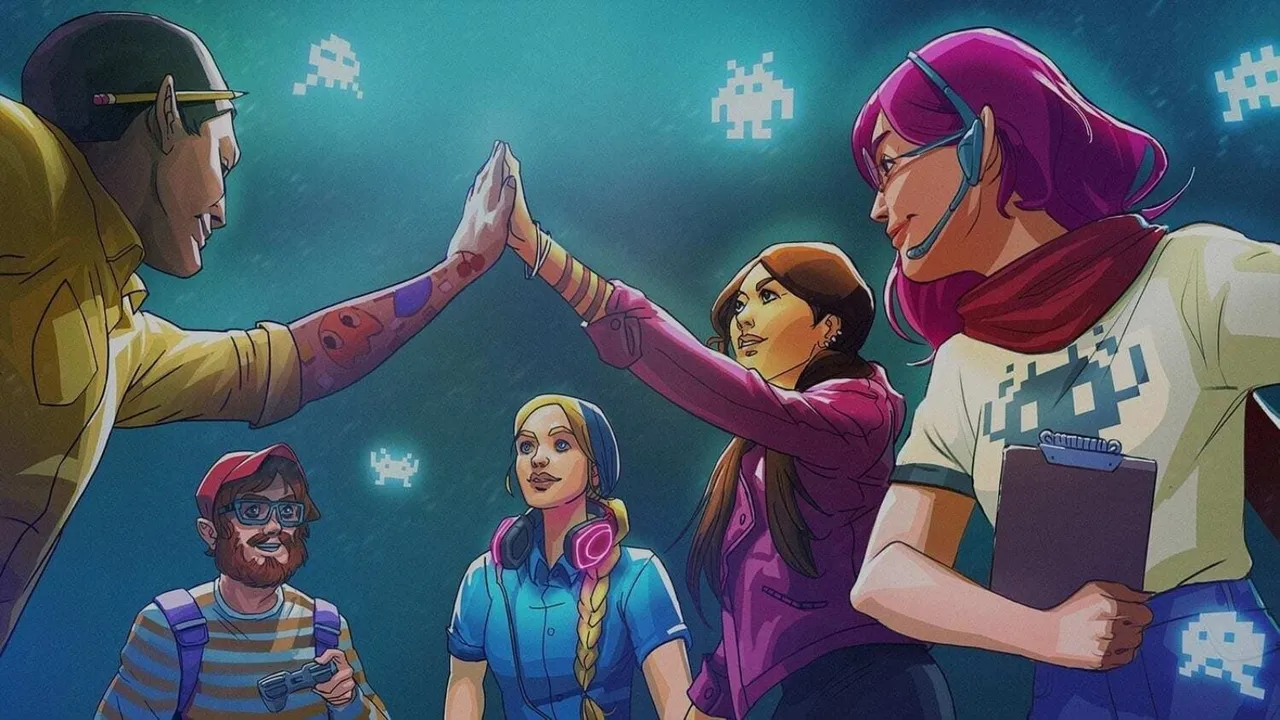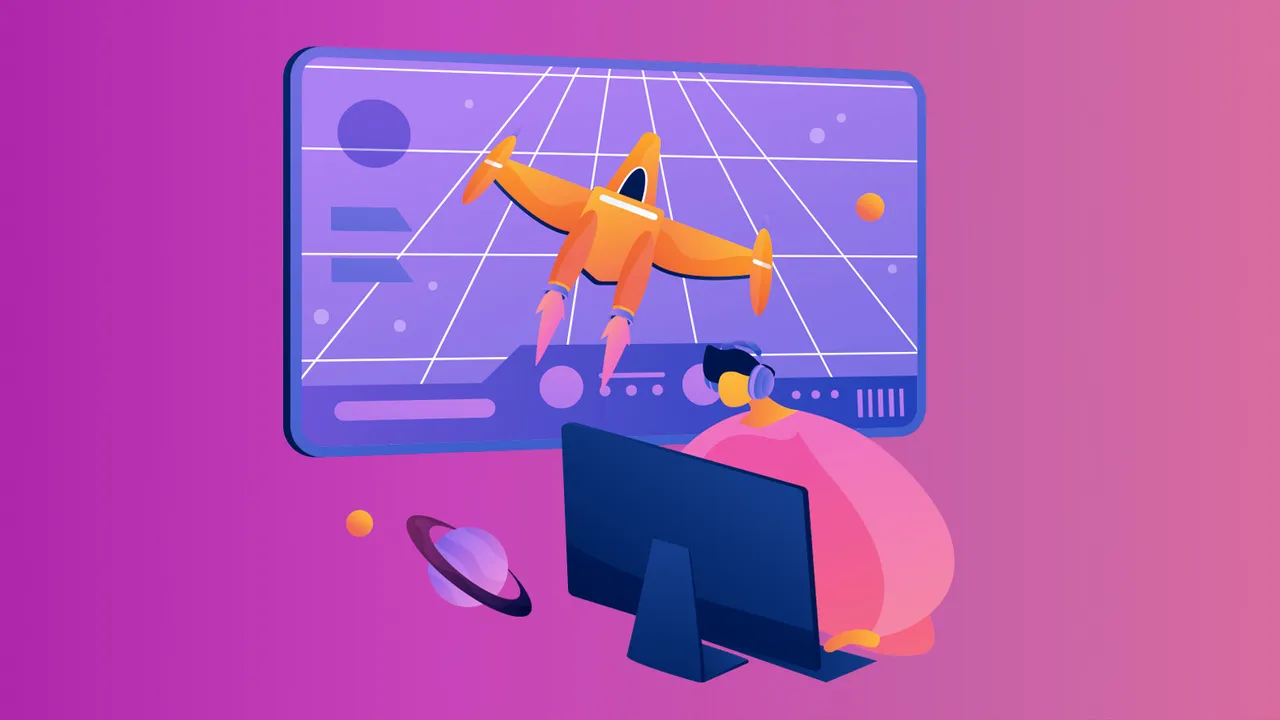3D Art and Animation Jobs in the Video Game Industry: The Ultimate Quick Guide

Introduction
The video game industry has experienced significant growth in recent years, and as a result, the demand for skilled 3D artists and animators has skyrocketed. With millions of gamers worldwide, the 3D art and animation job market in the video game industry offers incredible opportunities for those looking to combine their passion for gaming with their artistic talents. This article will explore the various 3D art and animation jobs available, the skills required, and the steps you can take to land your dream job in this vibrant and ever-evolving industry.
Types of 3D Art and Animation Jobs in the Video Game Industry
3D Character Artist: 3D character artists are responsible for designing and creating the characters that populate video game worlds. They work closely with concept artists, character animators, and game designers to develop visually stunning and engaging characters that resonate with players.
3D Environment Artist: 3D environment artists design and create the immersive and interactive worlds that gamers explore. They develop landscapes, buildings, and other environmental elements, ensuring that each setting is visually cohesive and engaging.
3D Modeler: 3D modelers are responsible for creating the 3D models used in video games, including characters, objects, and environments. They work with concept artists and designers to bring their ideas to life, using software such as Autodesk Maya, 3DS Max, or Blender.
3D Animator: 3D animators bring video game characters and objects to life through movement, ensuring that they move realistically and expressively. They collaborate with character artists, riggers, and game designers to create believable and captivating animations that enhance the gaming experience.
Technical Artist: Technical artists act as a bridge between the art and programming departments, developing tools, scripts, and pipelines to optimize the 3D art and animation process. They also work on shading, lighting, and rendering, ensuring that game assets look visually appealing and perform well in-game.
VFX Artist: VFX artists are responsible for creating the visual effects seen in video games, including particle effects, explosions, and magical spells. They work closely with game designers, programmers, and animators to ensure that the effects are seamlessly integrated into the gameplay.
Skills Required for 3D Art and Animation Jobs in the Video Game Industry
Proficiency in 3D software: To succeed in the video game industry, 3D artists and animators must be skilled in popular software programs such as Autodesk Maya, 3DS Max, Blender, or ZBrush.
Understanding of 3D modeling and texturing: 3D artists should have a strong grasp of 3D modeling techniques and the ability to create detailed and realistic textures for their models.
Knowledge of rigging and skinning: Animators must be familiar with the process of rigging and skinning characters, which allows for realistic character movement and deformation.
Strong drawing and visual storytelling abilities: 3D artists and animators must be able to communicate ideas visually and understand how to convey emotion and narrative through their art and animations.
Creativity and adaptability: The video game industry is constantly evolving, and 3D artists and animators must be able to adapt to new styles and techniques, as well as generate creative solutions to various design challenges.
Ability to work in a team: Video game development is a collaborative process, and 3D artists and animators must be able to work effectively with others, including designers, programmers, and other artists.
Strong communication skills: 3D artists and animators must be able to clearly articulate their ideas, provide constructive feedback, and ensure that all stakeholders are aligned on project goals and requirements.
Education and Experience for a Career in 3D Art and Animation
Degree programs: Many aspiring 3D artists and animators choose to pursue a degree in fields like animation, computer graphics, or game design. These programs typically cover topics such as 3D modeling, texturing, rigging, and animation techniques.
Certification programs: Some professionals opt for certification programs focusing on specific aspects of 3D art and animation, such as software proficiency or specific techniques. These programs can help bolster your skills and improve your chances of landing a job in the industry.
Online tutorials and courses: Many 3D artists and animators are self-taught or have supplemented their formal education with online resources. Websites like Udemy, Coursera, and YouTube offer a wealth of tutorials and courses on various 3D art and animation topics.
Forums and communities: Joining online forums and communities can provide valuable insights, feedback, and networking opportunities for aspiring 3D artists and animators. Websites like Polycount, CG Society, and ArtStation are great places to connect with fellow artists and industry professionals.
Showcase your best work: A 3D artist's or animator's portfolio is a crucial tool for showcasing their abilities and landing a job in the video game industry. Include a variety of art styles and techniques to demonstrate versatility and skill.
Personal projects: Creating personal 3D art and animation projects or participating in game jams can help develop your skills and provide additional work for your portfolio.
Networking: Attend industry events, such as conferences and expos, to connect with professionals and showcase your portfolio. Networking can lead to valuable connections and job opportunities.
Job Opportunities for 3D Artists and Animators in the Video Game Industry
Game development studios: Large studios, such as Ubisoft, Electronic Arts, and Activision Blizzard, are always on the lookout for talented 3D artists and animators to join their teams on Hitmarker.
Indie game studios: Smaller independent studios also offer opportunities for 3D artists and animators on Hitmarker, often providing more creative freedom and a closer-knit team environment.
Freelance work: Many 3D artists and animators choose to work as freelancers, taking on projects for various clients or collaborating with other freelancers on game development projects.
Job Outlook for 3D Artists and Animators in the Video Game Industry
The video game industry continues to grow, and the demand for skilled 3D artists and animators shows no signs of slowing down. According to the U.S. Bureau of Labor Statistics, the employment of multimedia artists and animators is projected to grow 4% from 2019 to 2029, about as fast as the average for all occupations.
Conclusion
The video game industry offers a wide range of 3D art and animation jobs for those with the right skills, passion, and dedication. By pursuing a relevant education, honing your skills through self-learning and practice, and building a strong portfolio, you can position yourself for a successful career in this exciting and ever-evolving industry. With hard work, determination, and a little slice of luck, you can transform your love for 3D art and animation, and video games into a thriving career by using Hitmarker to find opportunities.
-
 Landing a Summer Internship in the Video Game Industry: The Ultimate Quick Guide
Landing a Summer Internship in the Video Game Industry: The Ultimate Quick Guide -
 Entry-level Jobs in the Video Game Industry: The Ultimate Guide
Entry-level Jobs in the Video Game Industry: The Ultimate Guide -
 Junior-level Jobs in the Video Game Industry: The Ultimate Guide
Junior-level Jobs in the Video Game Industry: The Ultimate Guide -
 Intermediate-level Jobs in the Video Game Industry: The Ultimate Guide
Intermediate-level Jobs in the Video Game Industry: The Ultimate Guide -
 Senior-level Jobs in the Video Game Industry: The Ultimate Guide
Senior-level Jobs in the Video Game Industry: The Ultimate Guide -
 Getting into gaming: Strategies for landing your first game development job with Katherine Mould of Keywords Studios
Getting into gaming: Strategies for landing your first game development job with Katherine Mould of Keywords Studios -
 Art and Animation Jobs in the Video Game Industry: An Overview
Art and Animation Jobs in the Video Game Industry: An Overview -
 Business Operations Jobs in the Video Game Industry: An Overview
Business Operations Jobs in the Video Game Industry: An Overview -
 Communications and Marketing Jobs in the Video Game Industry: An Overview
Communications and Marketing Jobs in the Video Game Industry: An Overview -
 Content Creation Jobs in the Video Game Industry: An Overview
Content Creation Jobs in the Video Game Industry: An Overview -
 Game Design Jobs in the Video Game Industry: An Overview
Game Design Jobs in the Video Game Industry: An Overview -
 Game Development Jobs in the Video Game Industry: An Overview
Game Development Jobs in the Video Game Industry: An Overview